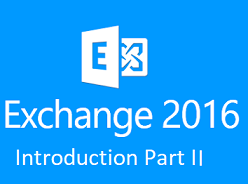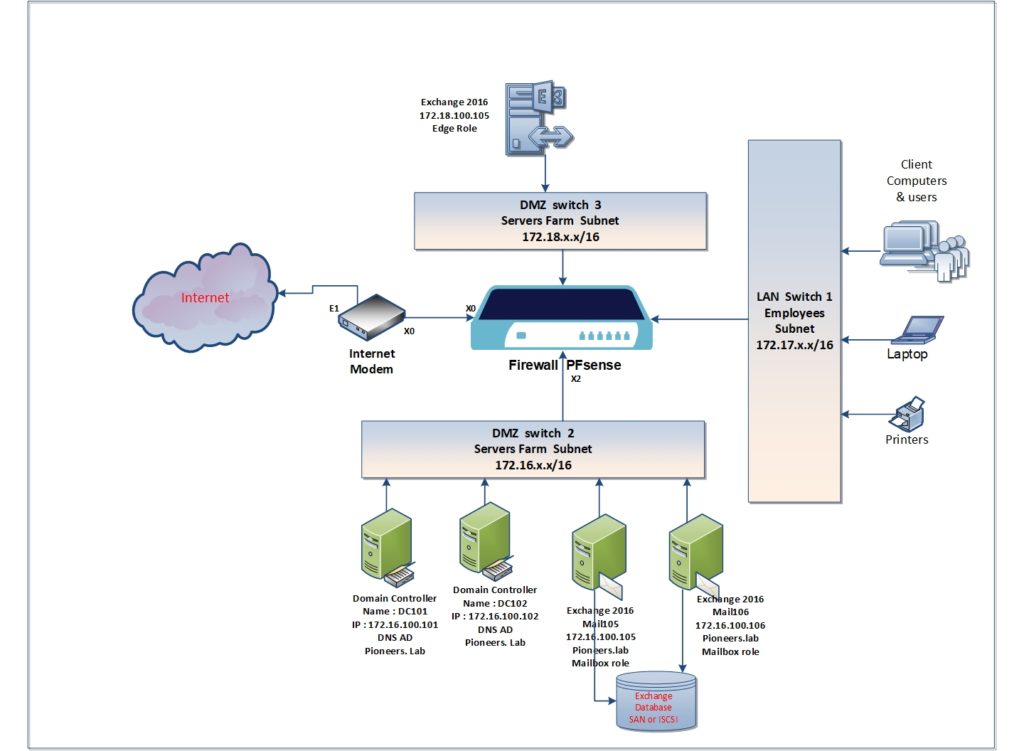Exchange on-premises Vs Office365
the Advantages of deploying on premise Exchange:
- Mailbox data is local in your own infrastructure and under your control
- Upgrades and configuration changes performed as and when required
- Backup’s performed and controlled in house
- Utilizing your own hardware and infrastructure
- Integration and co-existence with existing systems such as SharePoint
- Ability to install 3rd party application onto the Exchange servers like Sonic-wall Mail security
Disadvantages as of Exchange :
- administrative skills and resources required to maintain Exchange as well as the infrastructure
- Investment and ongoing maintenance of the infrastructure hardware
Advantages of Office 365 :
- High Availability with a 99.9% SLA
- Increased Mailbox and Archive Mailbox storage options
- No costs for internal infrastructure, servers or storage required
- Ease of Implementation
- Upgrades and new functionality handled by Microsoft
- meeting all the requirements of Government and Overseas organization for security and Data handling
Disadvantages of Office 365
- Complicated migration steps and hybrid model setup
- Integration with an 3rd party applications and any on premise services can be difficult and unsupported
- Mailbox Data store in a Microsoft approved location
- most of Governance regulation require company Data to be in same country – specially finance agencies
- Data can be stored overseas and therefore susceptible to laws and regulations of other countries
Exchange 2016 Protocols
Client send request to front-end services by one of the following :
- Web client OWA
- Outlook
- POP3
- IMAP4
- SMTP client for authentication
- Telephony for UM
- Mobile devices [ active synch ]
which will be fully discussed in article Exchange client access


